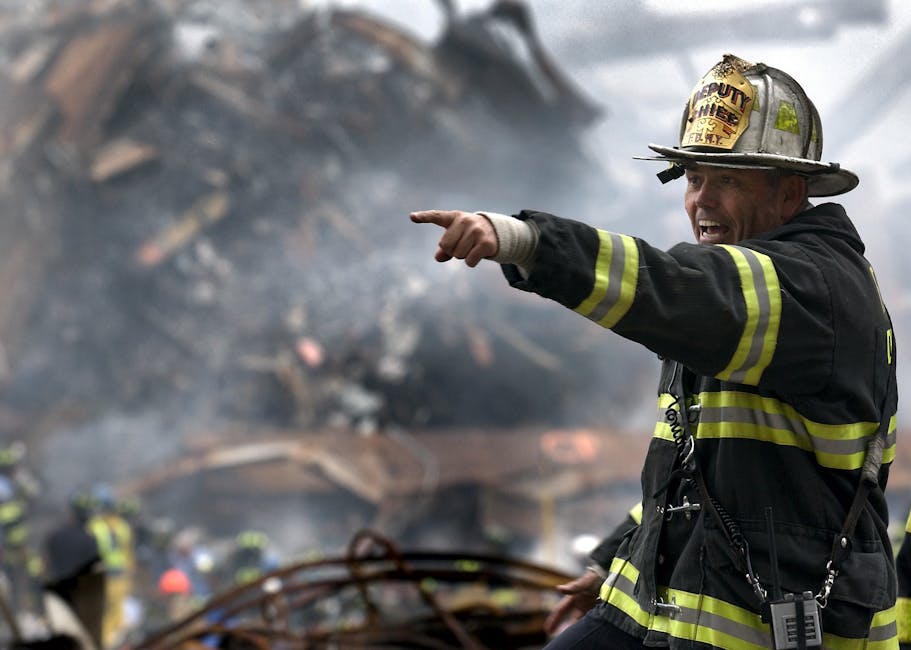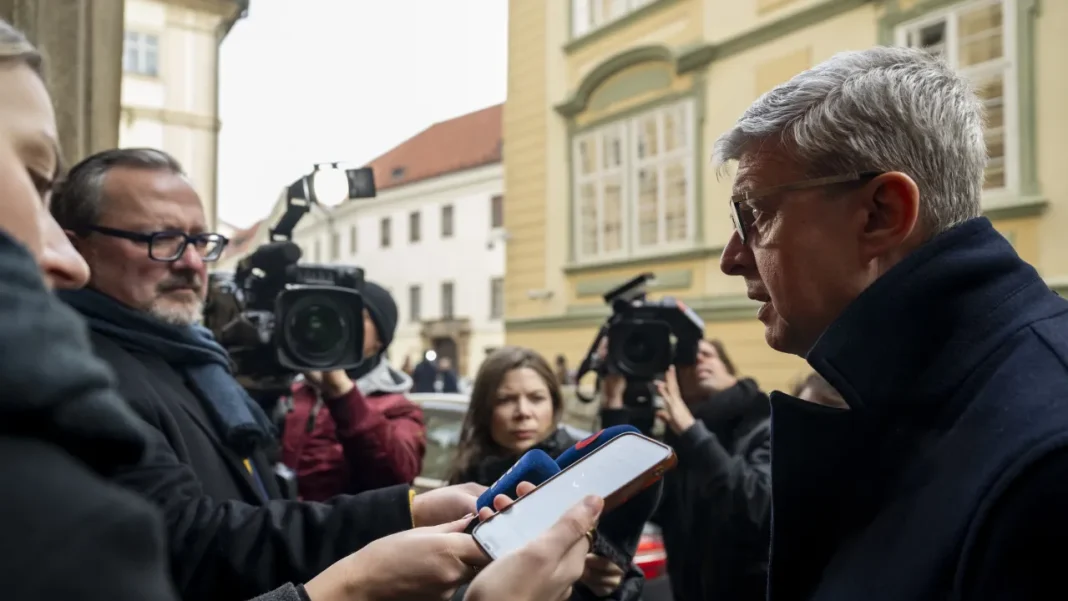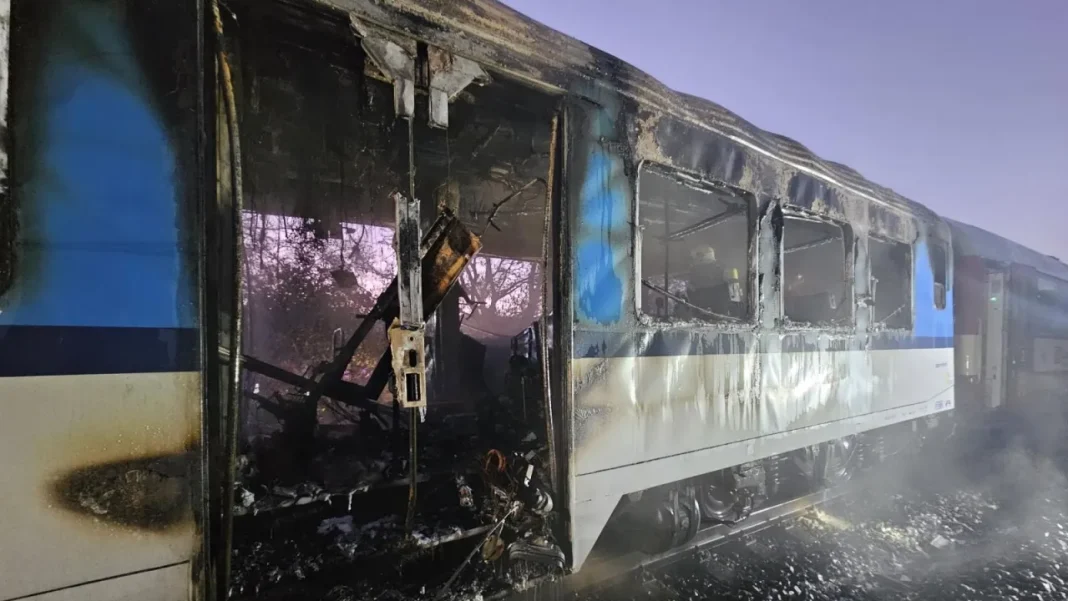The ongoing conflict between Russia and Ukraine has taken a dark turn, quite literally, as recent attacks have left parts of Ukraine in freezing darkness. Meanwhile, the Western response remains tepid, with innovative yet limited solutions like rescue robots trying to fill the gaps.
The Impact of Power Outages in Ukraine

As winter grips Ukraine, the country is facing severe power shortages due to relentless Russian attacks targeting critical infrastructure. With temperatures plunging, millions are left without electricity and heating, a dire situation compounded by the harsh seasonal conditions. Cities like Kyiv and Kharkiv are struggling to maintain essential services, with power cuts often lasting several hours each day.
The lack of power extends beyond households, affecting hospitals and emergency services. Medical facilities are operating on backup generators, with staff working tirelessly under immense pressure. The disruption of essential services exacerbates the humanitarian crisis, putting vulnerable populations at even greater risk.
The Hesitant Western Response

While Ukraine urgently requires aid and support, the international response has been somewhat slow. Western nations have expressed concern and condemned the attacks but have been cautious in their approach to escalating support, wary of provoking further conflict with Russia. Diplomatic efforts to find a resolution do not align with the immediate needs of the Ukrainian populace.
Financial aid and military support have increased incrementally, but for many in Ukraine, these efforts fall short of what’s required to address the immediate crisis. Humanitarian organizations are calling for more decisive action to prevent further deterioration of the situation.
Innovative Solutions: Rescue Robots on the Frontline

Amid this crisis, technological advancements are offering a ray of hope. Rescue robots, initially developed for disaster response, are being repurposed for use in Ukraine. These machines navigate dangerous environments to deliver supplies, repair critical infrastructure, and perform search and rescue missions.
Although these robots exemplify innovative problem-solving under pressure, their impact is limited by several factors. Deployment is contingent on navigable roads and safe conditions, which are often compromised by ongoing attacks. Moreover, the scale and complexity of Ukraine’s needs require a combination of traditional and technological solutions.
Looking Ahead: Long-term Solutions and International Cooperation

For Ukraine to withstand the winter and ongoing conflict, a multi-faceted approach is necessary. This includes bolstering infrastructure resilience, ensuring consistent international support, and enhancing military defenses. Allies must coordinate efforts to avoid fragmentation and ensure that aid reaches those in need efficiently.
International partnerships are also crucial in rebuilding efforts and post-conflict recovery. By combining resources and expertise, the global community can help lay the groundwork for Ukraine’s future stability and security.
In conclusion, the situation in Ukraine highlights the complexity of modern conflict and the need for comprehensive strategies that blend traditional aid methods with innovative technologies. As the world watches, decisive action and collaboration remain imperative.





